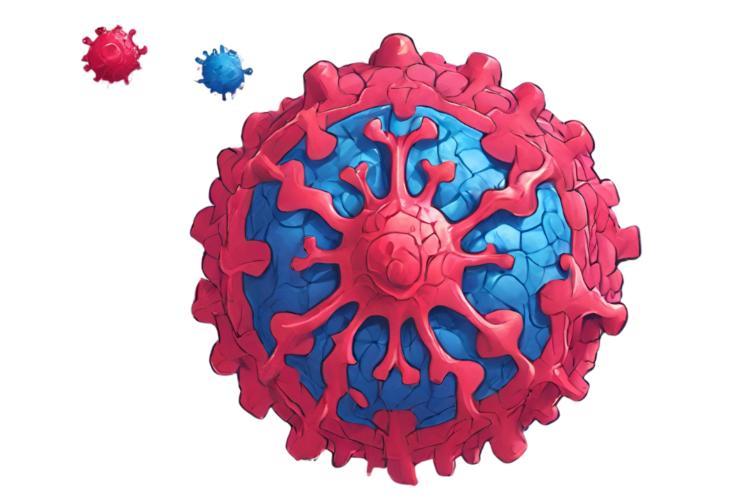GATE has partnered with GNP+ to provide this training for global trans and gender diverse activists to develop an organizational HIV advocacy plan.
Advocacy often involves persuading individuals or organizations that have the power to make a difference to implement changes that they may not otherwise have made, or that may not be in their immediate or short-term interest. A HIV advocacy plan or strategy gives you clarity and direction and will assist in choosing which activities will have the most impact in achieving your HIV advocacy goal.
Drawing up an advocacy plan will help you to deepen your understanding of the advocacy context, thereby increasing your chances of measurable success. The activities you engage in during advocacy need to be based on your advocacy goals. To map out the direction you want your advocacy activities to take to achieve these goals, you will need to know: What needs to change? Who can contribute to that change? How can you make that change happen?
This is an open-access course designed to provide trans and gender diverse activists with the elements required to develop a successful organizational advocacy plan.
Here is an overview of the four key areas that you will explore in this training:
- Structuring an advocacy plan.
- Identifying the problem and target audience to be addressed.
- Constructing and delivering the most effective advocacy messages.
- Developing supporting materials to implement the advocacy plan on an ongoing basis.
These short video sessions have been carefully designed for you to share with members of your organization. They are easy to follow to ensure accessibility for everyone.





